Lifting those strained eyes from your smartphone for a few minutes can help you find a new hobby. A dive into ‘the rush in Istanbul’s chaos’. Try it for yourself a few times. I bet you can get a film script out of it.
One afternoon, I was at the metro station of Ataköy-Şirinevler and amidst the ‘ever concrete’ surroundings, I managed to find a shadowy place close to the elevator. While leaning against a wall, I waited for my friend who I now have to thank for being late that day. Fortunately, I had also exhausted my internet package the night before and had just finished reading my book for the week during a trip to Ataköy. So, my only options were my sketchbook and pen, or my wandering eyes. The corner from which I stood gave me a fisheye view of the city, as I could see people entering and exiting the station from the stairs on its two sides.
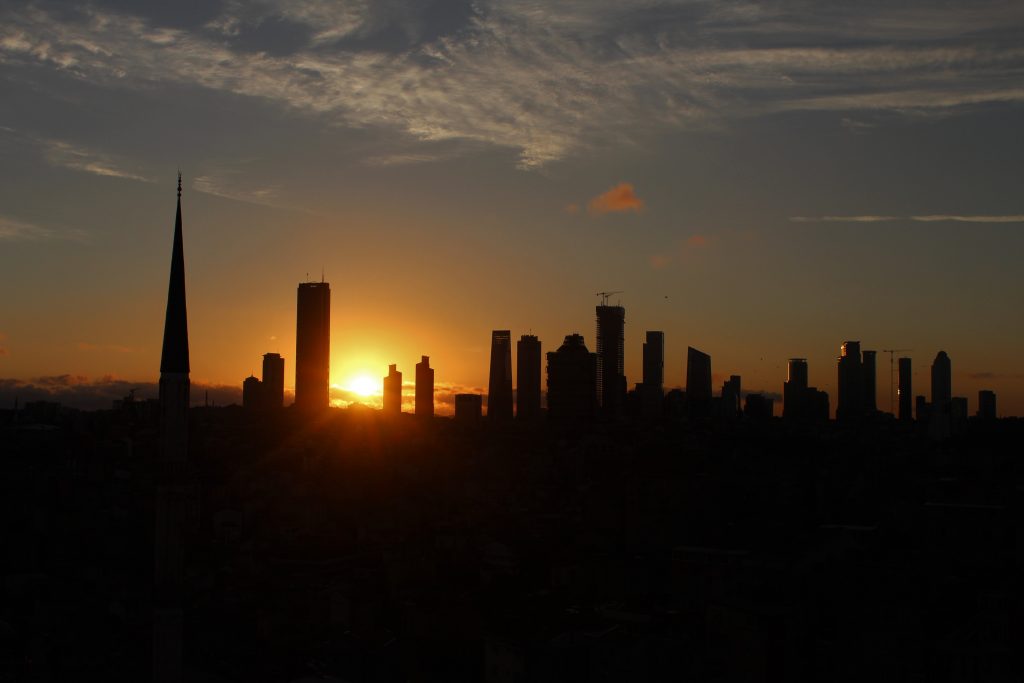
Coming into the rush, which I’ll be referring to throughout, is a blend of the people, the cats, the noise, the economy, the transportation modes, and even the naïve clouds swimming silently above our head. In my eye, this rush is what makes Istanbul, Istanbul. No matter the chaos generated by this rush, I admit the following scenes have been forged and shall remain in Istanbul’s urban fabric.
Scene 1 – The entrance of the metro station. If you use the metro frequently in Istanbul then it’s likely your ears are already acquainted with the tune from the loudspeaker and the voice announcing the arrival of a train in platform X or Y. Our introduction has these sounds playing in the background. Now enter my favorite characters of Istanbul. Bastonlu teyzeler (older women with walking sticks). They might be going into the metro station or exiting it. Dragging their stuffed bags, they are whispering something between the grins of their dentures. They might be struggling with their bags but helping a teyze is certainly a thing which requires careful thought! You’ll either end up being a victim of scornful gaze or learn some nice flowery vocabulary from her. So for now, leave the teyzeler and their bags alone. You have enough worries, better not add any more to it!
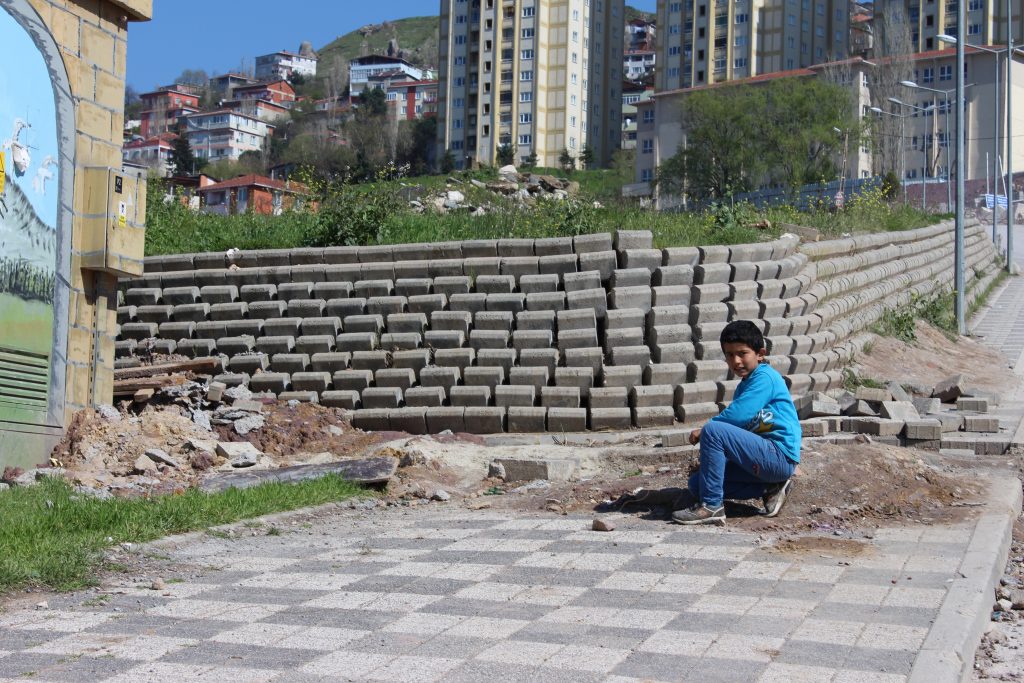
Scene 2 – Exit the metro entrance. Most metro stations have some sort of concrete platform which with time has encouraged hawkers to come and set a mini AliExpress here. It looks no different to a bit pazarı (flea market) with the sorts of tesbihler (prayer beads), accessories, wallets, and scarfs all tidily spread over a stall or on a cloth over the ground.
Now, there is something special about those stalls or these clothes spread on the ground. The accessories are sort of attached to the stall or the cloth because, in case of some emergencies, the hawkers can quickly wrap up and disappear within a matter of seconds. In the corners are seated kids with their ice-filled buckets selling water under the scorching sun. Enter the villains. These hawkers are operating illegally here and it’s the duty of the police/zabıta to clear this space from time to time. The eyes of these hawkers have been trained to spot the approaching zabıta from afar and upon noticing them, each one makes sure that their neighbor is informed of the coming danger. This is where the trick in the stall and the cloth serves of a purpose. On the whole, this effective communication here is an appreciable quality since saving a friend means saving a breadwinner who is sweating for his family. Togetherness.
Scene 3 – The smart move. I will not forget about this scene anytime soon. A boy, not more than 10 years old, selling water. He was the last one to escape the platform upon the arrival of the police. With the police closing in on him with their large steps, he struggles with the loaded bucket which he dragged till the elevator. He was lucky that the elevator cabinet was on standby already. The police thought they played it clever when they rushed downstairs to wait for the escaping boy. To my surprise, he never pressed the button in the lift. Instead, he waited for a few seconds anticipating the move of the police. He exited the lift and rushed down the other stairs at the opposing end of the station. I wonder what the reaction of the police was when they were welcomed by an empty lift cabinet. Tricked.
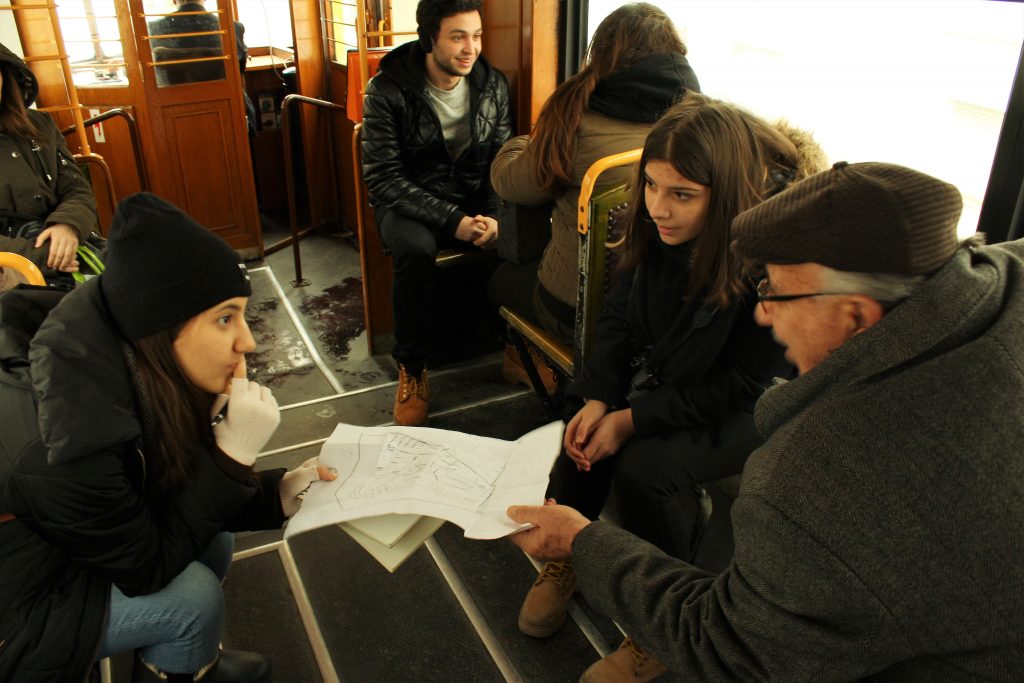
Scene 4 – Balance. In this rush of time-saving, no one disturbs the cats of Istanbul. The cats of Istanbul surely demand a whole book of their own. Even with how grumpy the bastonlu teyzes can be, they also show their love to the cats while passing by. The cats are everywhere. At the entrance of the station, at the foot of turnstiles, at the corner of the elevators or on the already crowded steps of the stairs. As much as the people of Istanbul are rushing to their destination, the cats are at their own comfort. They simply complement this rush by providing a balance for the missing calmness in the atmosphere. They are simply at the peak of their summer joy, rolling on their back, and enjoying a sunbath.
Scene 5 – The need for change. If the place is a metro station, it would be foolish to omit an observation about the akbil. The fuss with the akbil is omnipresent. There is always someone without change, without the card itself, or simply without money. Then, there will be this group of people rushing to the in-station dükkan to buy a bottle of water with a 50 TL note in hope of getting sufficient changes to refill their card. Then the reply of the shopkeepers would be – ‘Bunun modası geçti karşım!’ (This is so not cool, bro!). Immediately after being refused, some will return and use a new strategy: buying the next day’s pack of cigarettes. The shopkeeper finds this one acceptable and the deal is done. Some people which the youth terms as beleşci (freeloaders) manage to convince others to pay for them while some are clearly refused help since they are not genuine enough. Body language and behavior is the trick here.
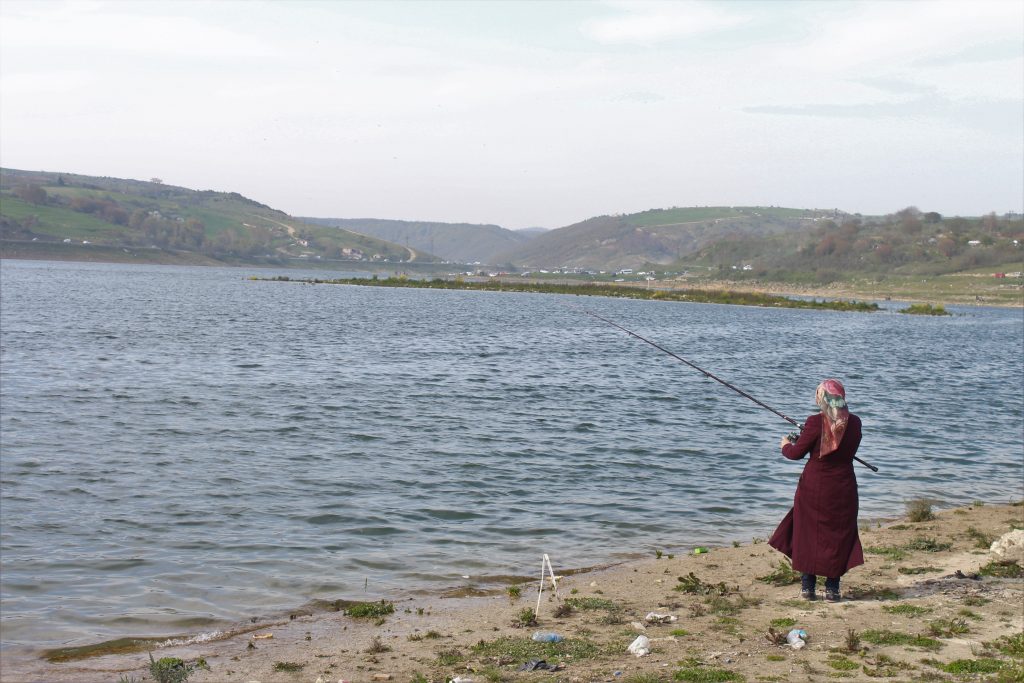
Scene 6 – Moving people and their suitcases. Coming from an island, it was not common to see people dragging suitcases down the pavement, up the stairs, or in stations every minute. The rattling sound of the wheels on the guides for the disabled is a sound just common to our ears now. Here, I awkwardly try to find a loophole in the security presence of the metro. Various criteria are at play here, often depending on the judgment of the officers in charge. Here the rush is actually interrupted with the selection processes at work.
Scene 7 – The rush at the mesaisaati (rush hour). Another famous survivor’s series of Istanbul. If it is a station with an interchange to another mode of transport (most likely to be the famous metrobüs or the tramway), then be ready to be greeted by rather dull faced people whose only concern is to make it home and sit on their favorite couch! If these individuals were reduced to the size of a bee at this particular moment then describing the scene as a swarm of bees with that irritating buzz would match perfectly with the moment. You don’t need to make much effort to move at this time of the day, instead, you’ll be eventually be driven and pushed by the people around you. Soon, in the blink of an eye, you’ll be at the platform, waiting for your train or metrobüs. The rush here is people trying to gain time by pushing and squeezing around to find a spot on the public transport.
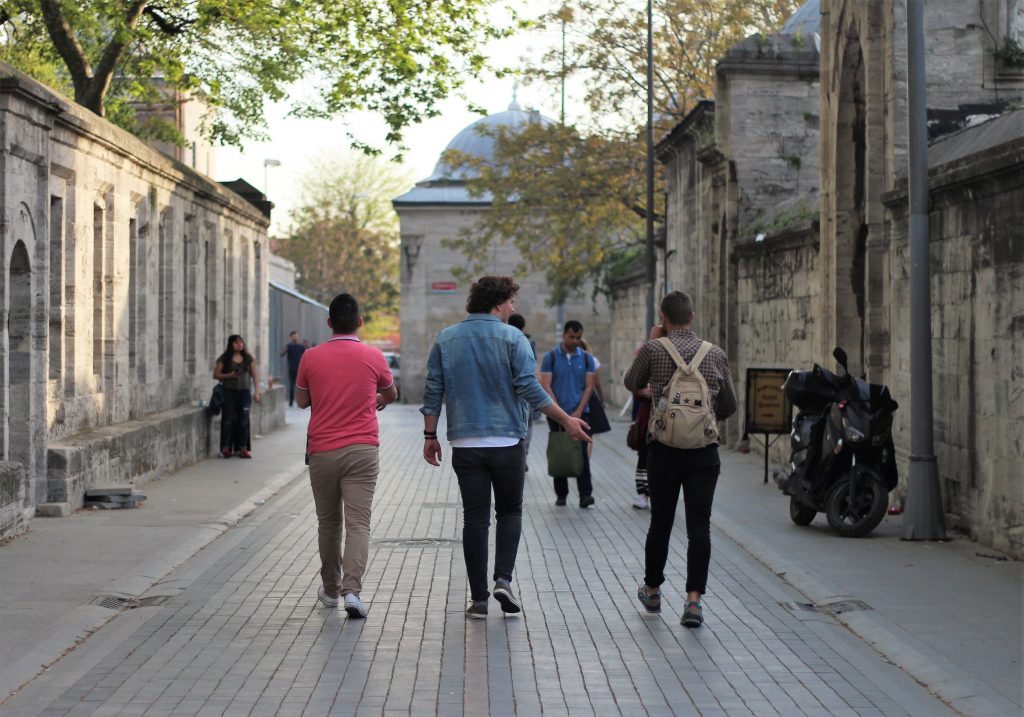
As an aspiring planner, we do discuss solutions to the problems depicted in the scenes above. But is the solution a physical one? That is, is there equipment or machines which when introduced in any of the identified situations shall make the flow of the rush more seamless? Or is it a question of the human behavior developed and accumulated over years in Istanbul. How orderly and organized can Istanbul be? Can you imagine it? If we subtract this mess, will the atmosphere in Istanbul be better or worse?
Do you think I titled this piece in regards to Istanbul’s chaos because others also refer to it as chaos or because it is one? For my part, I breathe this chaos within the boundaries of the province and it just reminds me of Istanbul whenever I’m within the mentioned boundaries.
All photos courtesy of the author.









